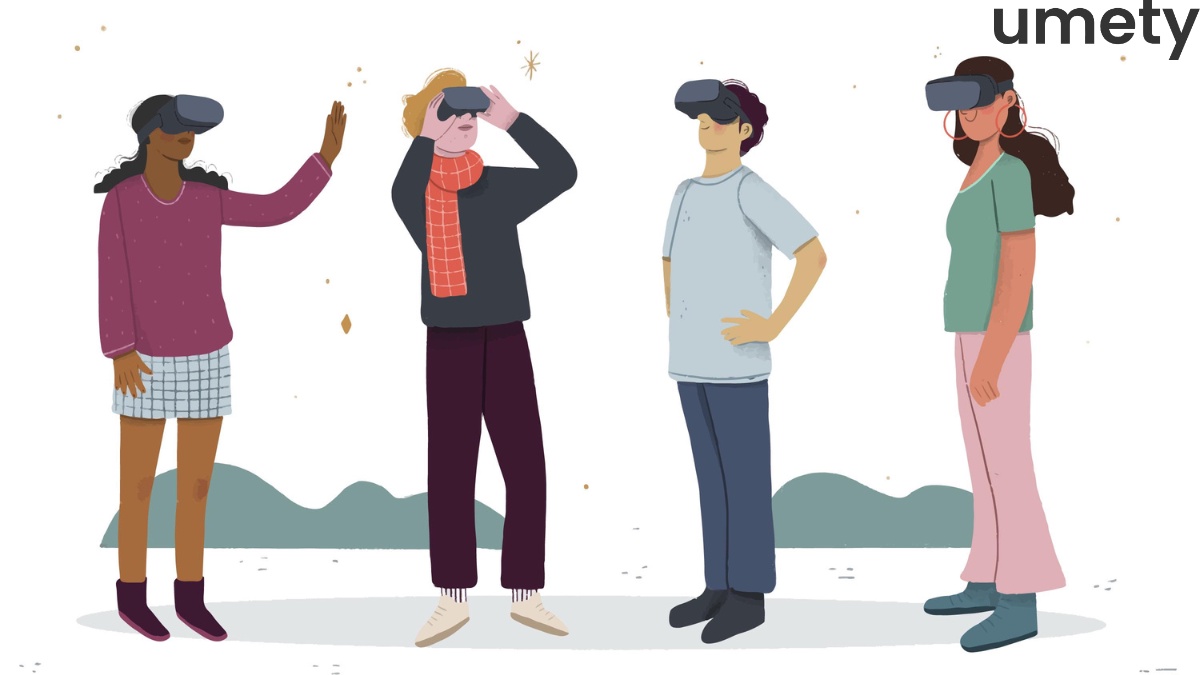We live in an age where education is evolving rapidly, and traditional classroom learning is just not enough to keep up. Enter interactive virtual tours, the new superhero in education! These immersive experiences allow students to explore places and concepts beyond what textbooks can offer.
With interactive virtual tour, students can dive into history, explore the wonders of science, and even walk through art galleries, all from the comfort of their classrooms. No more boring lectures and static images! This blog will take you on a journey through the wonders of interactive virtual tours and how they are revolutionizing student learning. So, buckle up and get ready for an adventure!
What are Interactive Virtual Tours?
These virtual tours are designed to provide students with an immersive and interactive learning experience. With the help of 360-degree images, videos, and audio guides, students can dive deep into different subjects and topics. Whether it's exploring ancient ruins, analyzing intricate art pieces, or dissecting frogs (minus the smell), these tours offer a virtual playground for curiosity.
These virtual tours aren't just about passive observation. They encourage active participation with quizzes, puzzles, and challenges sprinkled along the way. It's like a learning game, but with less button mashing and more brain flexing.
In a nutshell, interactive virtual tours transport students to places that they wouldn't otherwise have access to. They engage and immerse students in an interactive learning experience that enhances their understanding and retention. So, buckle up, because the ride's about to get wilder!
Advantages of Interactive Virtual Tours for Student Learning
Get ready to witness the amazing advantages that these tours bring to the table.
- Enhanced Visual Learning: Gone are the days when students had to rely solely on textbooks and static images to understand complex concepts. With interactive virtual tours, learning becomes a visually stimulating experience. Students can explore 3D models of historical landmarks, dive into the intricacies of human anatomy, or even investigate the wonders of outer space. It's like having a personal tour guide who never gets tired of your endless questions!
- Hands-on Experience: Forget about the "look but don't touch" mantra. With interactive virtual tours, students get to take charge of their learning journey. They can manipulate objects, conduct experiments, and analyze data in a virtual environment. It's like having a science lab or an art studio at their fingertips. And the best part? No need to worry about cleaning up the mess afterward!
- Engagement and Interactivity: Let's face it, textbooks can be as exciting as watching paint dry. But interactive virtual tours turn learning into an engaging adventure. Students can interact with the virtual environment, solve puzzles, and participate in simulations that challenge their critical thinking skills. It's education that feels more like an exciting game than a tedious lecture. Who says learning can't be fun?
Case Studies: Success Stories with Interactive Virtual Tours
When it comes to using interactive virtual tours in education, the impact has been nothing short of remarkable. Let's take a look at some success stories where these tours have revolutionized student learning.
In the realm of science education, interactive virtual tours have completely changed the game. No longer are students confined to textbooks and static images. With these tours, they can explore the intricacies of the human body, delve into the depths of outer space, and even witness the wonders of ecosystems firsthand. It's like taking a field trip without ever leaving the classroom!
So, here's to embracing interactive virtual tours and all the wonders they bring to education! Who said learning couldn't be fun and transformative? With a touch of technology, it's anything but boring.
Implementing Interactive Virtual Tours in Schools
- Integration into Classroom Curriculum: When it comes to incorporating interactive virtual tours in schools, integrating them into the curriculum is essential. It's not enough to simply introduce these tours as an extra activity or an occasional treat for students. No, no, no! We need to weave them into the fabric of the curriculum, making them an integral part of the educational experience. Let's abandon traditional textbooks for a moment and embrace the wonders of technology!
- Training and Support for Teachers: Training and support programs must be put in place to ensure that teachers are well-equipped to navigate this new terrain. Workshops, webinars, and resources should be provided to help them understand the best practices for using interactive virtual tours in the classroom. After all, happy teachers have equally engaged students!
- Overcoming Challenges: Now, let's be honest. Every new initiative comes with its fair share of challenges. And implementing interactive virtual tours is no exception. One of the primary hurdles is access to technology. Not every school has the necessary resources to provide every student with a personal digital device. Innovative solutions, such as utilizing computer labs or partnering with community organizations, can help bridge the gap.
The Future of Student Learning: Virtual Reality and Beyond
Virtual Reality (VR) has become a hot topic in recent years, and it's not hard to see why. With its immersive and interactive capabilities, VR has the potential to revolutionize student learning. The possibilities are endless!
Imagine students being able to explore ancient Rome, hold a beating heart in their hands, or even travel to outer space, all from the comfort of their classroom. With VR, the world becomes their oyster, and learning becomes an adventure.
By using VR, we can engage students like never before, making learning more interactive and fun. We can also expose them to experiences and environments that would otherwise be impossible to access.
Conclusion
We've learned about the definition and advantages of interactive virtual tours, from enhanced visual learning to hands-on experience and engagement. We've delved into inspiring case studies showcasing the impact of interactive virtual tours in science education, art history classes, and history lessons. And finally, we've pondered the future of student learning, with virtual reality offering limitless possibilities and the need to prepare students for what lies beyond. So, as we conclude, let's remember that interactive virtual tours of Umety have the power to revolutionize student learning, taking it beyond the confines of the classroom into a realm of immersive experiences.


No comments yet